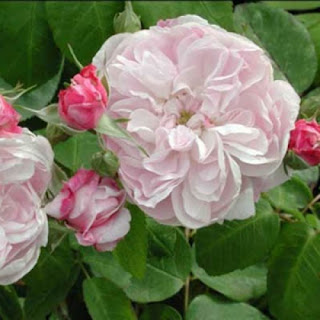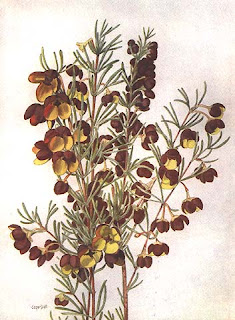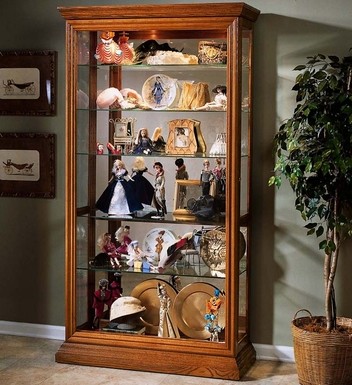Definition of Natural Isolates for Fragrance Determined by Members of the Natural Perfumers Guild by a Majority Vote

The Natural Perfumers Guild, the world’s largest organization for natural perfumery, is defining the scope of natural aromatics in accord with the vision of our art. Natural isolates are aromatics consisting of odor molecules from natural materials. Members voted on what constitutes a natural isolate to meet challenges to the "naturalness" of isolates. The Guild position serves to guide members and to assure the public of the Guild’s commitment to high standards of the art of natural perfumery. The Guild's standard exceeds ISO 9235, the International Organization of Standardization publication on standards for aromatic raw materials. Miami, FL, May 15, 2012 --( PR.com )-- The Natural Perfumers Guild, the largest organization of natural perfumers in the world, is defining the scope of natural aromatic isolates in order to assist its professional natural perfumers as they move forward with their desire to use these scent materials. Natural isolates ar...





















